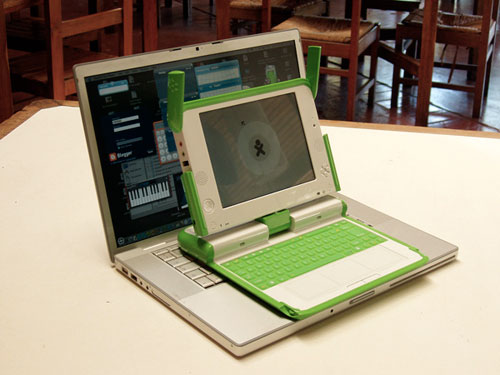mary lou jepsen invented the display that made the OLPC so power-efficient, and she presents the case for the green design of the laptop as the result of a concerted effort to address the needs of developing countries. where there is little electricity and limited tooling, the laptop had to be durable, power-efficient and repairable. as a result of these concerns, the OLPC is more environmentally friendly than any other laptop – while being much, much cheaper at the same time. if if designing for development produces sustainable solutions, shouldn’t sustainable design be more low-cost?
greener than thou
sofa boat
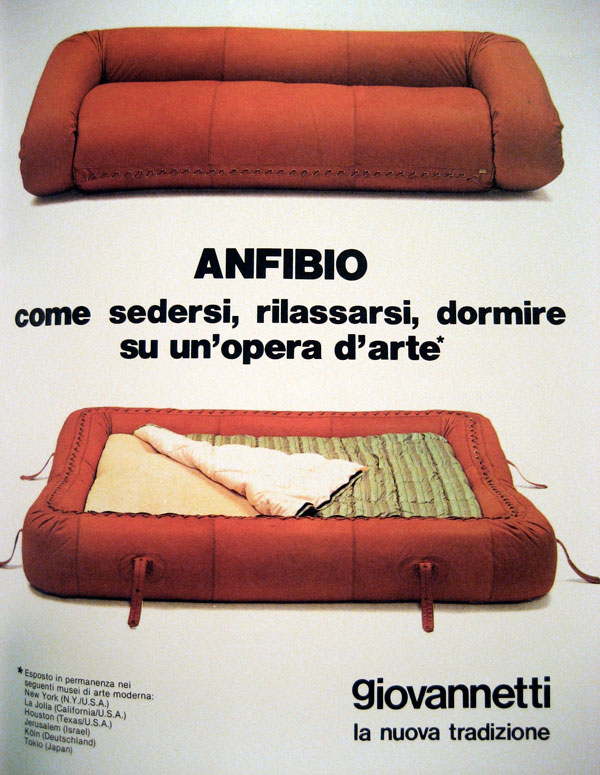
AMPHIBIAN: how to sit, relax, sleep on a work of art (from an old issue of DOMUS magazine)
fictional computing
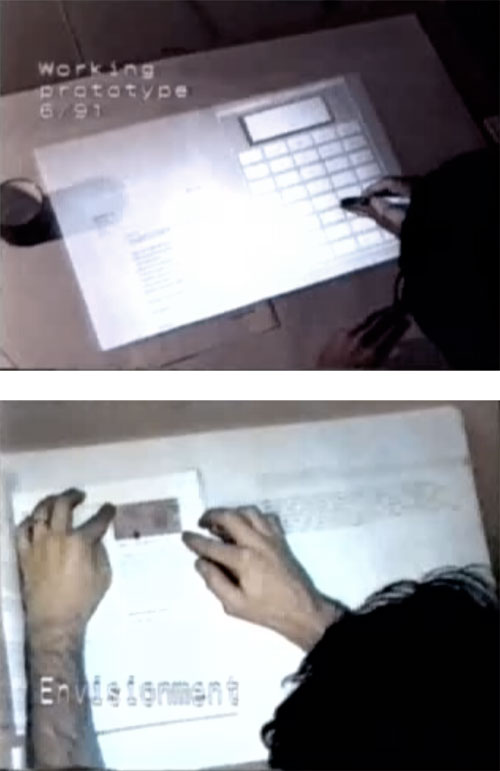
pierre wellner’s 1991 digital desk is a seminal piece of human-computer interaction research, but it’s also a pioneering video. in today’s interaction world, video documentation is essential to show how a dynamic, responsive system works. in many ways, videos are the documentation media best suited to interaction design. as wellner’s video demonstrates, it’s not necessary to build a working system in order to make a compelling and influential video. while he shows his working prototype for a few minutes, the most radical aspects of his project are mocked up for the camera – the so-called ‘envisionment.’ sharing these mock-ups could serve a valuable role to pre-evaluate interaction ideas before they have to be built – or to document ideas too new to be built, and inspire future work.
postcard-maker
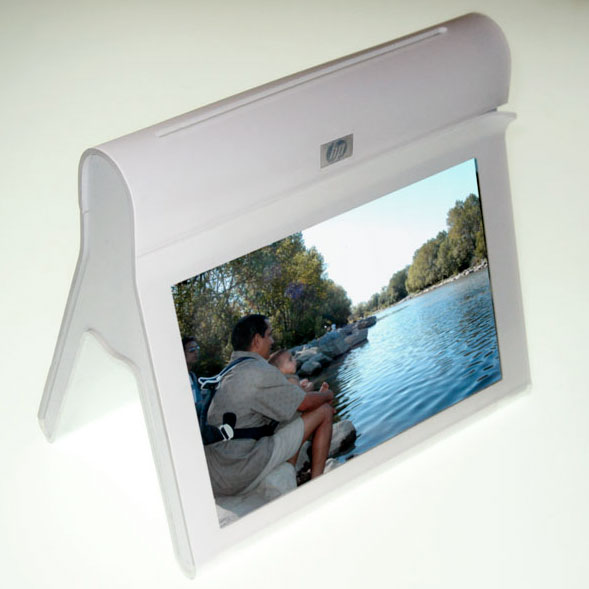
john kestner’s photoradio is a concept for a digital picture frame that can also print – so that the images you email your friends and family can become real, tangible postcards. it was aimed at bridging the gap between generations, so that young people who are accustomed to communicating by computer can have a seamless connection to older people still using mail. it has a couple of nice design features: the printer can print on the front and back of stick card stock, to produce a realistic postcard from an image + text message, and the innards are accessed through delicate flaps on the picture frame that look like dog-eared pages.
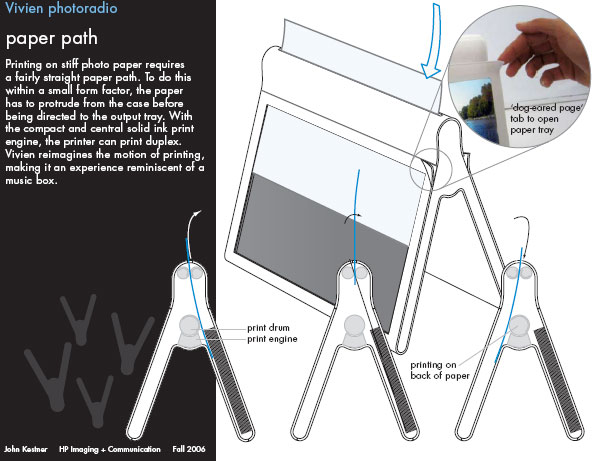
magic models

these videos by dassault systems are meant to sell design software, but they are far more powerful as inspiration for future kinds of tangible interfaces, maybe one day when nanotechnology gives us the ability to use atoms as dynamic input/output media the same way pixels move today:
grandma-net
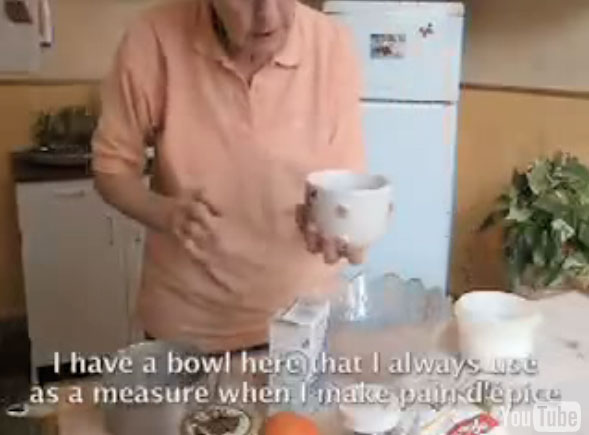
humanbeans‘ latest project is what’s cooking grandma, a social network for sharing your grandmother’s cooking through youtube videos. it serves as a recipe website, a social network and a nice way to herald oft-neglected domestic work.
trashcam
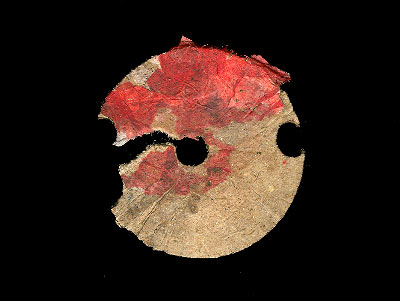
nico van hoorn documents one piece of trash a day on his trashlog. the pieces of trash are carefully selected and shot, which makes them seem clean and pretty, and the website itself is compartmentalized and orderly, so nothing about it has the feel of trash. it would be nice if the items could accumulate in a multi-layered image that would give some of the feel of chris jordan‘s amazing images of consumption:
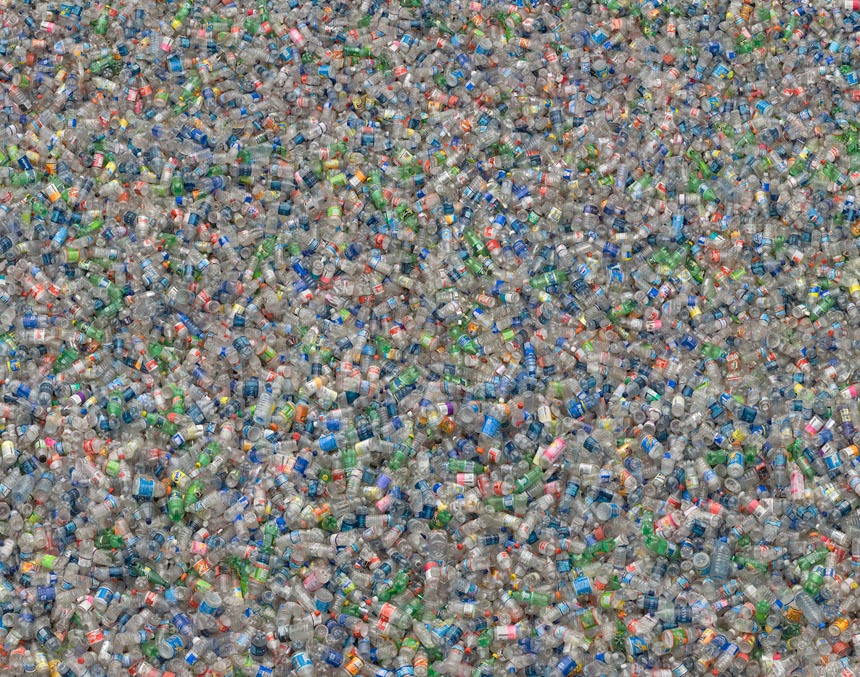
http://www.trashlog.org/
all-natural electronics
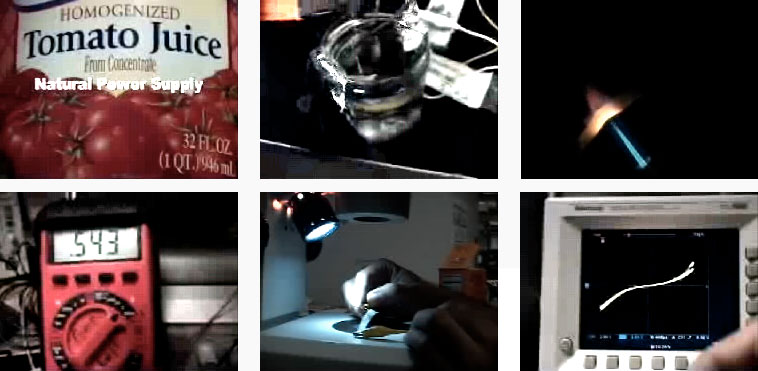
noah vawter’s Synth From Nothin’ tries to answer the question ‘if i was stranded on a desert island, how could i make a synthesizer?’ at the same time the research project tries to discover whether it’s possible to make electronics without the semiconductor industry, and in turn whether electronics can be all-natural and sustainable. from the site:
“The oscillator was based on Nyle Steiner’s zinc and steel oscillator and baking soda oscillator. It was powered with tomato juice, copper and aluminum. Resistors were made with sea salt. A speaker from naturally-occurring lodestone magnets and seashells was planned”
